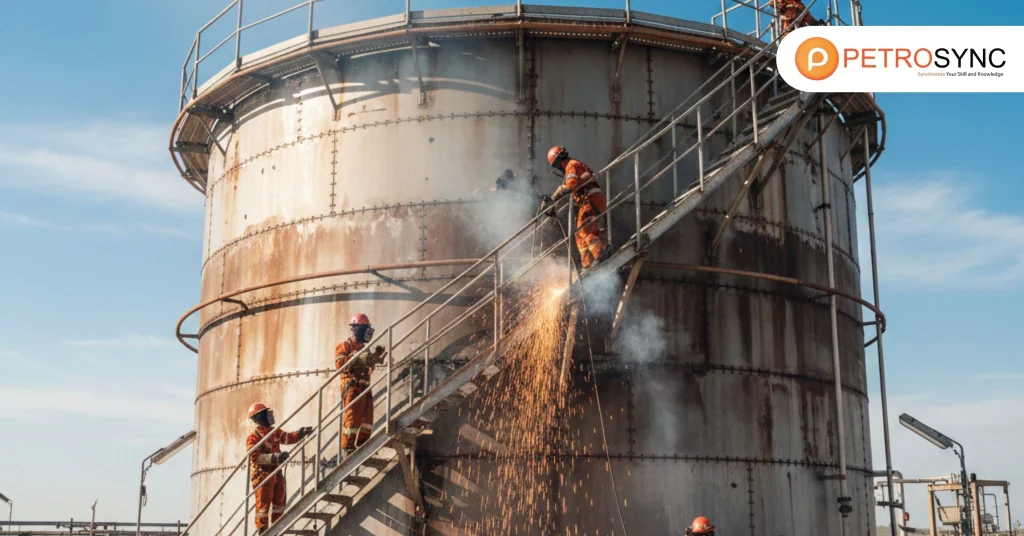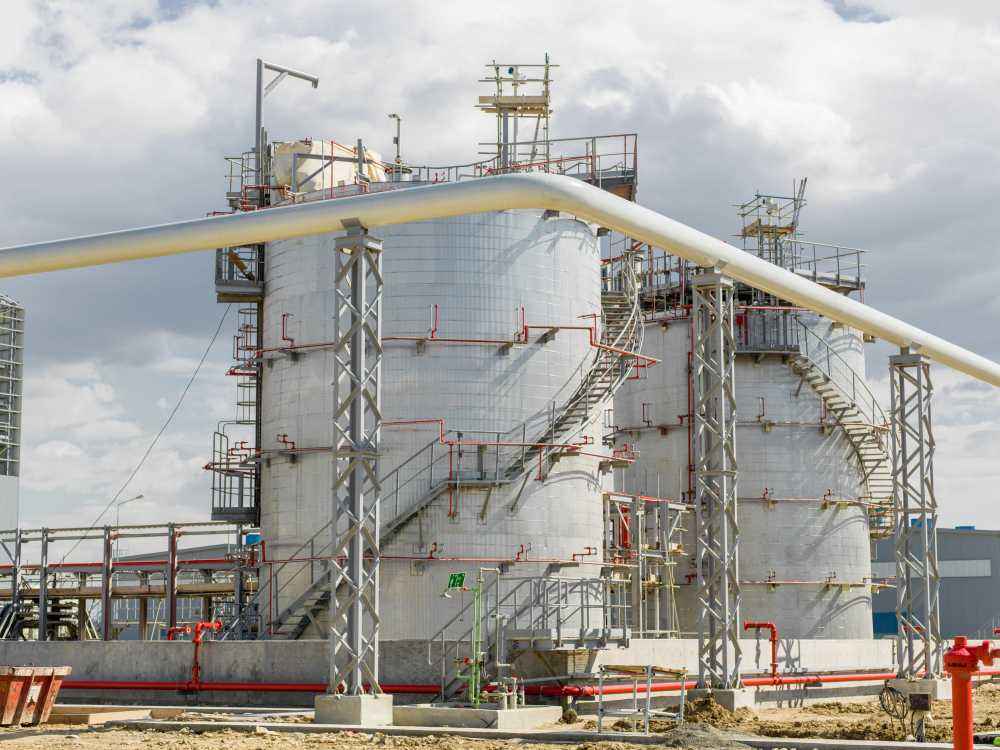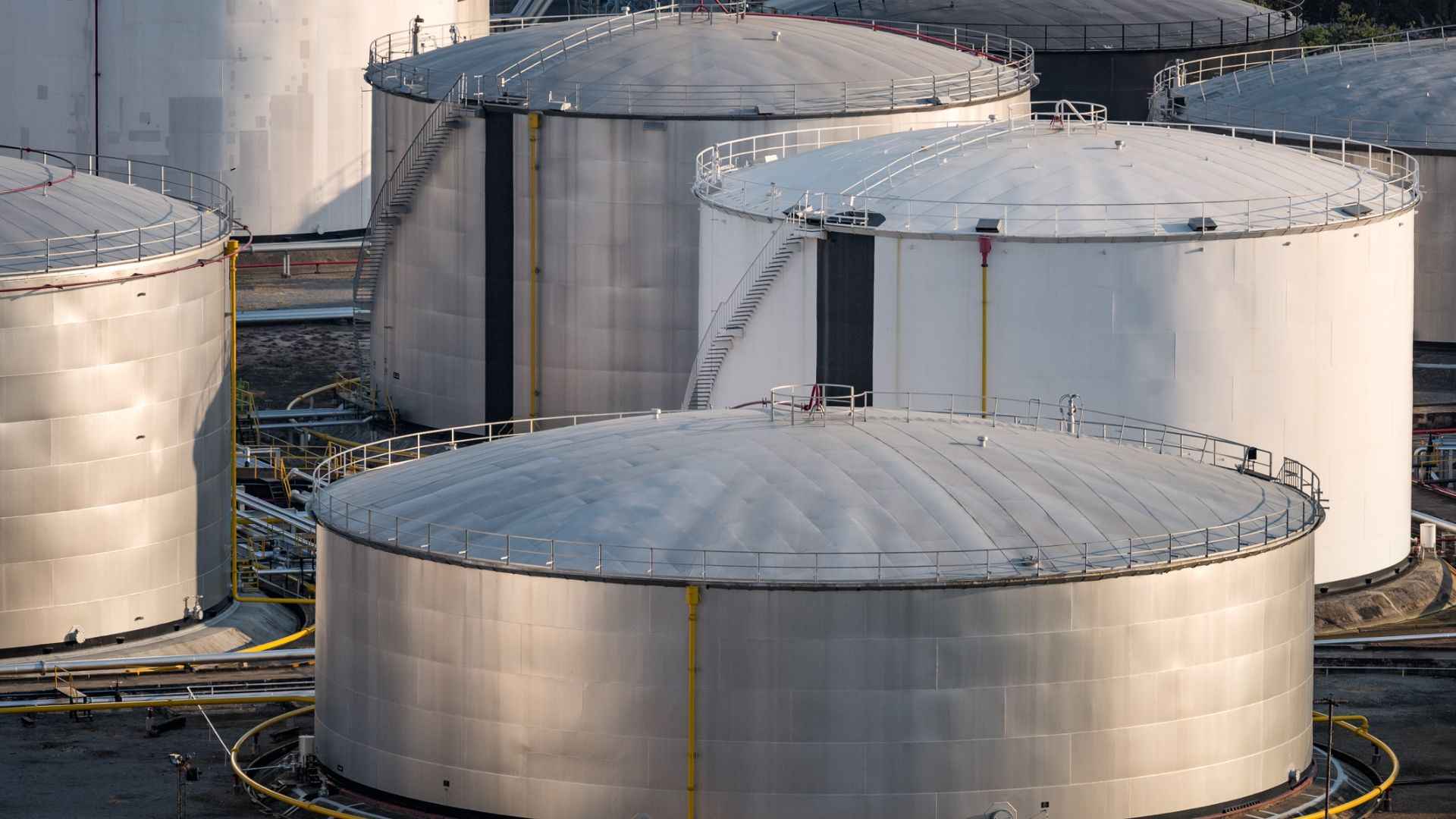Storage tank repair plays a critical role in ensuring safe, reliable, and efficient industrial operations across the oil and gas, petrochemical, manufacturing, and power generation sectors. Storage tanks function as essential assets within the production chain—responsible for holding crude oil, refined products, chemicals, water, and various industrial fluids that support continuous operations and regulatory compliance.
When these tanks deteriorate due to corrosion, structural damage, or mechanical failure, the consequences extend far beyond equipment issues. The impact may lead to production interruptions, safety hazards, rising operational costs, environmental exposure, and even reputational and legal consequences for an organization.
For senior leaders, maintenance managers, and executives responsible for asset integrity, storage tank repair is no longer only a technical requirement—it is a strategic priority. The conversation has shifted from “How do we repair damage when it appears?” to “How do we prevent failures, minimize downtime, and secure long-term operational performance?”
A proactive and well-executed repair strategy strengthens reliability, maximizes safety, improves cost efficiency, and protects business sustainability in increasingly competitive industrial environments.
Table of Contents
ToggleWhat Is Storage Tank Repair?

Storage tank repair is the process of fixing and restoring storage tanks that have been damaged or have developed faults over time. Over time, storage tanks can experience corrosion, leaks, cracks, or other forms of damage. Such damage can compromise the tank’s structural integrity.
Thus, storage tank repair involves identifying and fixing these issues to restore the tank’s functionality and safety. When a storage tank is found to repair during an inspection, the repair process should be carried out according to the guidelines and requirements outlined in API 653. This ensures the repaired tank remains structurally sound and meets the necessary safety standards for storing petroleum materials.
How to Manage Repairs, Alterations & Rebuilds of Storage Tanks?
API 653 sets forth detailed requirements and procedures for regulating repairs, alterations, and reconstruction of storage tanks. These measures include:
- Conduct a thorough inspection and assessment of the tank’s current condition to identify defects or deficiencies before any repairs or alterations.
- Defining the scope of the necessary repairs, alterations, or reconstruction based on the inspection findings, including the materials and procedures required to restore the tank’s structural integrity and functionality.
- Providing guidelines for selecting welding procedures and qualifying welders as welding is a common repair method for storage tanks.
- Implementing quality control measures to ensure that repairs and alterations adhere to the required standards. Non-destructive testing of welded joints is mandatory to verify their quality.
- Documenting and reporting all repair, alteration, or reconstruction work according to API 653 requirements, including inspections, repair procedures, testing results, and any other pertinent information.
What Are Storage Tank Relocation and Re-erection?
Tank relocation under API 653 is regulated by several requirements, including evaluating the new tank location, inspecting and testing the tank, safely removing and transporting the tank, and reinstalling it in the new location by API 653 standards.
Tank relocation requires careful planning, evaluation, and execution to ensure that the tank is safely and effectively relocated while maintaining compliance with industry standards.
The re-erection of the storage tank is not specified under API 653. However, the standard does provide guidance on proper tank dismantling procedures, such as appropriate material and equipment handling, and cleaning and inspecting tank components prior to reassembly.
API 653 mandates that any modifications or repairs to a tank must be examined and authorized by a qualified engineer or inspector and that the tank must undergo testing and inspection before being put back into service. These requirements apply to all repair or alteration activities, including the re-erection of a tank.
How Are Storage Tanks Repaired According to API 653?

1. Replacement of Tank Bottom, Hot Tapping on Tank Shell.
Under API 653, the instructions on how to replace tank bottoms and perform hot tapping on tank shells are discussed. Tank bottom replacement is a significant repair that requires the removal of the existing bottom and the installation of a new one.
Hot tapping on tank shells is a repair method that involves drilling a hole into the tank wall while it is still in use to enable the installation of new equipment or access to the tank contents. API 653 outlines the necessary equipment and materials for hot tapping and specifies the safety measures and procedures operators must follow to prevent accidents or incidents.
A qualified storage tank inspector must examine and authorize any tank repairs or modifications in compliance with API 653. Inspectors must also test and inspect the tank before returning it to service to ensure it meets the standard’s requirements and is safe to use.
2. Material Corrosion and Degradation (API 571)
API 571 is a recommended practice for evaluating damage mechanisms. Though API 571 is a whole different standard compared to API 653, it plays an important role in ensuring the safety and reliability of storage tanks and equipment in the oil and gas industry.
Material corrosion and degradation is a major damage mechanism covered by API 571. Material corrosion is the gradual deterioration of a material due to its interaction with the environment, while degradation refers to any other form of damage that occurs in materials. API 571 provides guidance on how to identify and evaluate the different types of material corrosion and degradation using various inspection techniques.
3. NDT of Tank Repairs
NDT (Non-Destructive Testing) procedures assess the soundness of a storage tank without causing any damage to it. It encompasses several methods like ultrasonic testing, radiographic testing, magnetic particle testing, and visual inspection. These techniques help inspectors detect tank or weld faults and make repairs before a major failure happens.
4. Leak Testing
API 653 regulates the practice of leak testing to pinpoint and trace any seepages in above-ground storage tanks that have undergone repairs, alterations, or reconstructions. The standard lays down instructions on how to perform leak tests using diverse methods like the vacuum box technique, bubble leak testing, and hydrostatic testing. The tests hold significance in assuring that the tank is airtight and will not discharge harmful substances into the surroundings.
What Are API Recommended Steps for Storage Tank Repair or Reconstruction?
As mentioned in Section 7 of API 653, there are some recommended steps for doing the storage tank’s repair, alteration, and reconstruction. This section establishes clear requirements and guidelines for carrying out these activities. The key provisions outlined in Section 7 include:
1. Repair and Alteration Plan
Before any repair or alteration, create a detailed plan reviewed and approved by a qualified engineer.
2. Evaluation of Existing Conditions
Assess the current state of the tank, including its shell, roof, bottom, and foundation, to evaluate its condition. Consider corrosion, deterioration, settlement, and structural integrity to determine the required repairs or alterations.
3. Design Considerations
Ensure that any repairs or alterations adhere to the relevant codes, standards, and regulations in place. Consider the tank’s design, materials, structural capacity, corrosion allowance, and compatibility with stored substances.
4. Welding and NDT Requirements
Adhere to the specified guidelines for welding and non-destructive testing (NDT) when conducting repairs or alterations. This entails ensuring that welders possess the necessary qualifications and follow approved welding procedures. Additionally, employ suitable NDT techniques to evaluate the quality and integrity of welded joints.
5. Repair Methods
Choose suitable repair methods that align with the type and severity of the damage or deterioration observed. These methods may include patching, welding, plating, or other approved repair techniques following industry standards.
6. Material Selection
Use suitable materials for repairs or alterations, considering factors such as compatibility, corrosion resistance, and mechanical properties. API 653 provides guidance on material selection, including specifications for steel plates, welding consumables, and coatings.
7. Quality Control and Inspection
Utilize appropriate materials for repairs or alterations, taking into account factors such as compatibility, corrosion resistance, and mechanical properties. The material selection should align with the guidelines provided by API 653, which include specifications for steel plates, welding consumables, and coatings.
8. Post-Repair Activities
After completing repairs or alterations, conduct appropriate tests and inspections to ensure the tank’s integrity. This may involve hydrostatic testing, NDT examinations, and other verification procedures.
9. Documentation
Keep detailed records of all repairs and alterations to ensure future reference and compliance with API 653 requirements. Refer to Section 7 of API 653 for detailed guidance on storage tank repair, alteration, and reconstruction. Adhering to these requirements helps ensure the safety, integrity, and compliance of the tanks throughout their service life.
Storage tank repair needs specialized expertise and equipment. Additionally, repairs may require compliance with industry standards and regulations, which can add to the complexity of the repair process. If you want to master tank inspection, repair, alteration, and rerating, then taking the API 653 – Tank Inspection, Repair, Alteration, and Reconstruction training course should be your next step.
Join PetroSync Training to Enhance Your Professional Skills
PetroSync’s specialized training is designed to equip you with the necessary knowledge and skills to perform storage tank inspections in compliance with industry standards and regulations. We provide comprehensive study materials and practice exams to help you prepare for the API 653 storage tank inspection.
We craft our 5-day training program with detailed discussions on engineering knowledge for in-service storage tanks with emphasis on API’s syllabus. The program covers six areas and includes practical case studies. Join PetroSync’s API 653 training and build your confidence in making informed decisions regarding storage tank inspection and maintenance with us. Reserve your spot now!

Results-oriented and thorough SEO specialist with extensive experience in conducting keyword research, developing and implementing digital website promotion strategies and plans, managing campaigns to develop company websites in the digital world, excellent knowledge of marketing techniques and principles, and attentive strong attention to detail.









